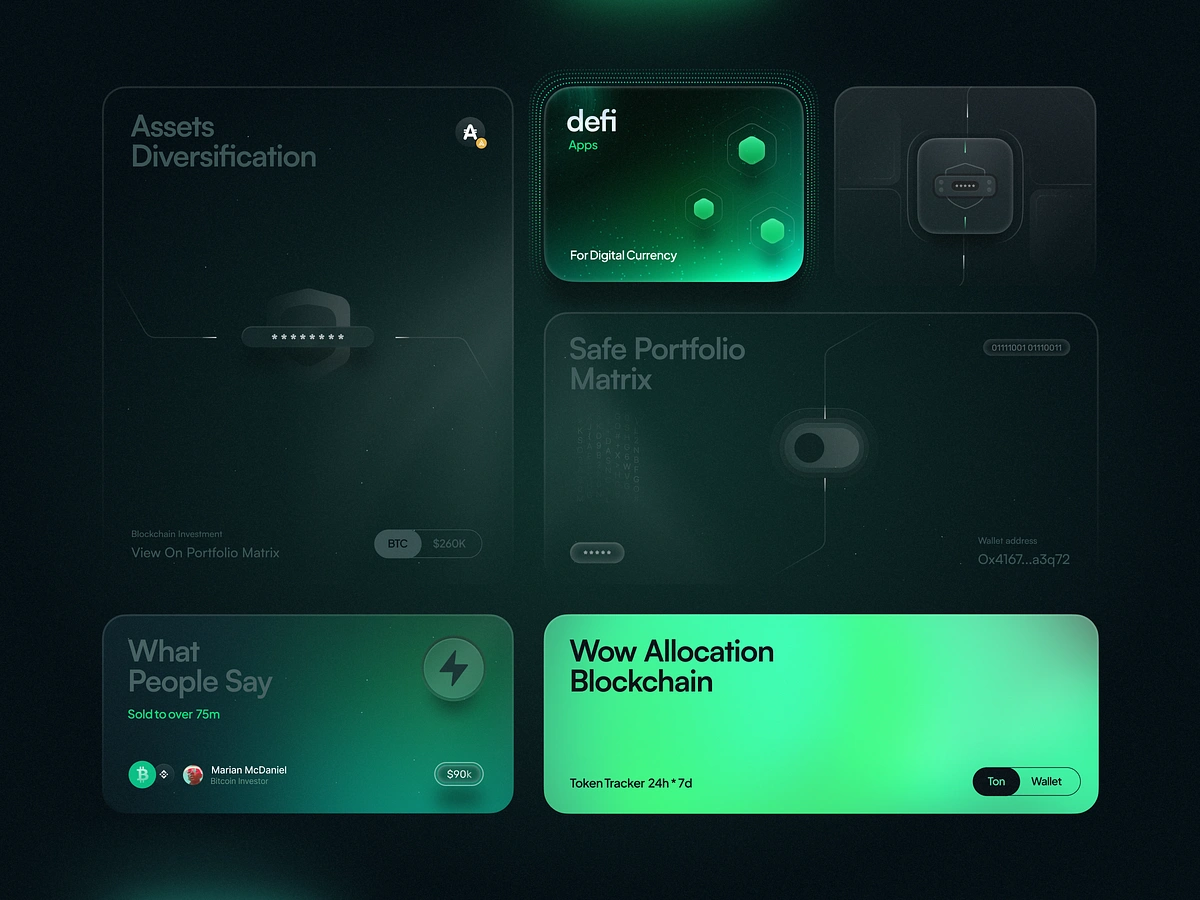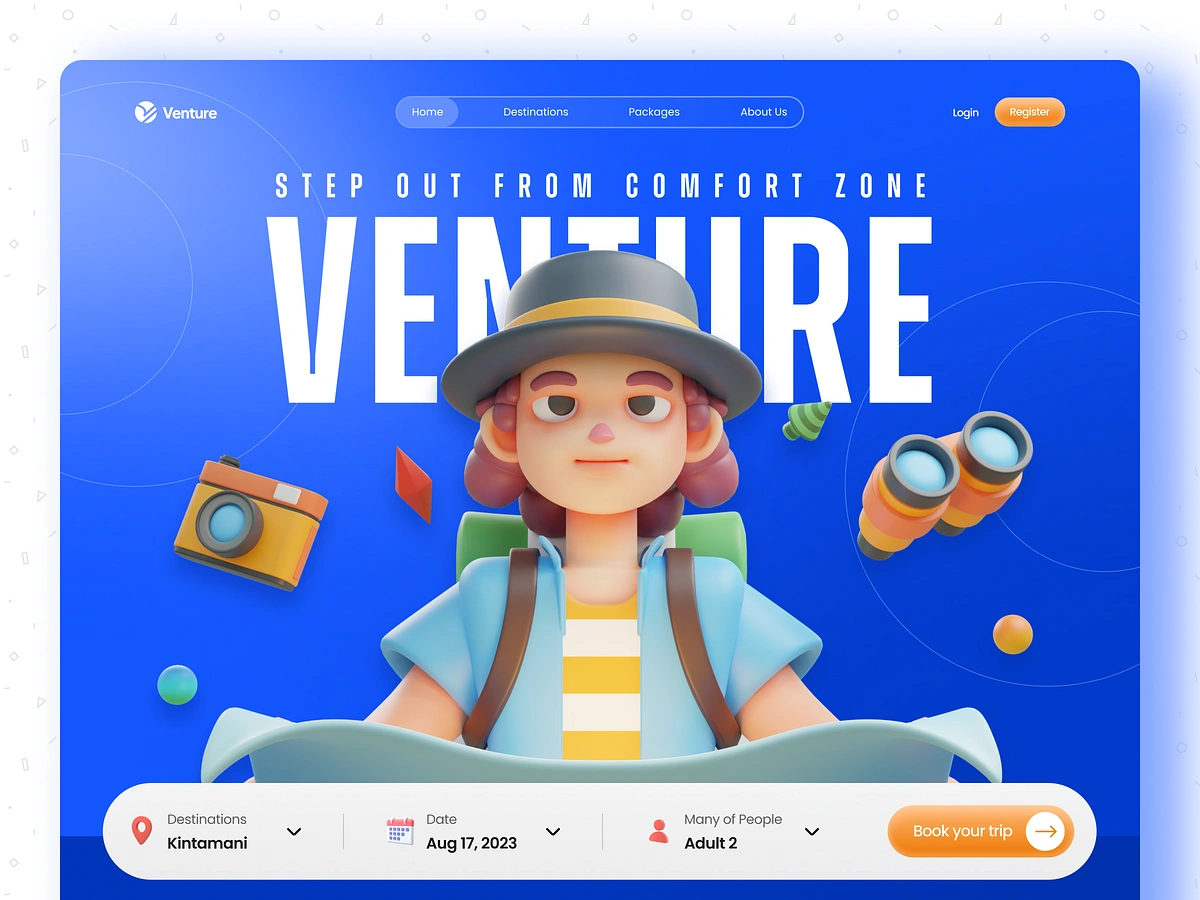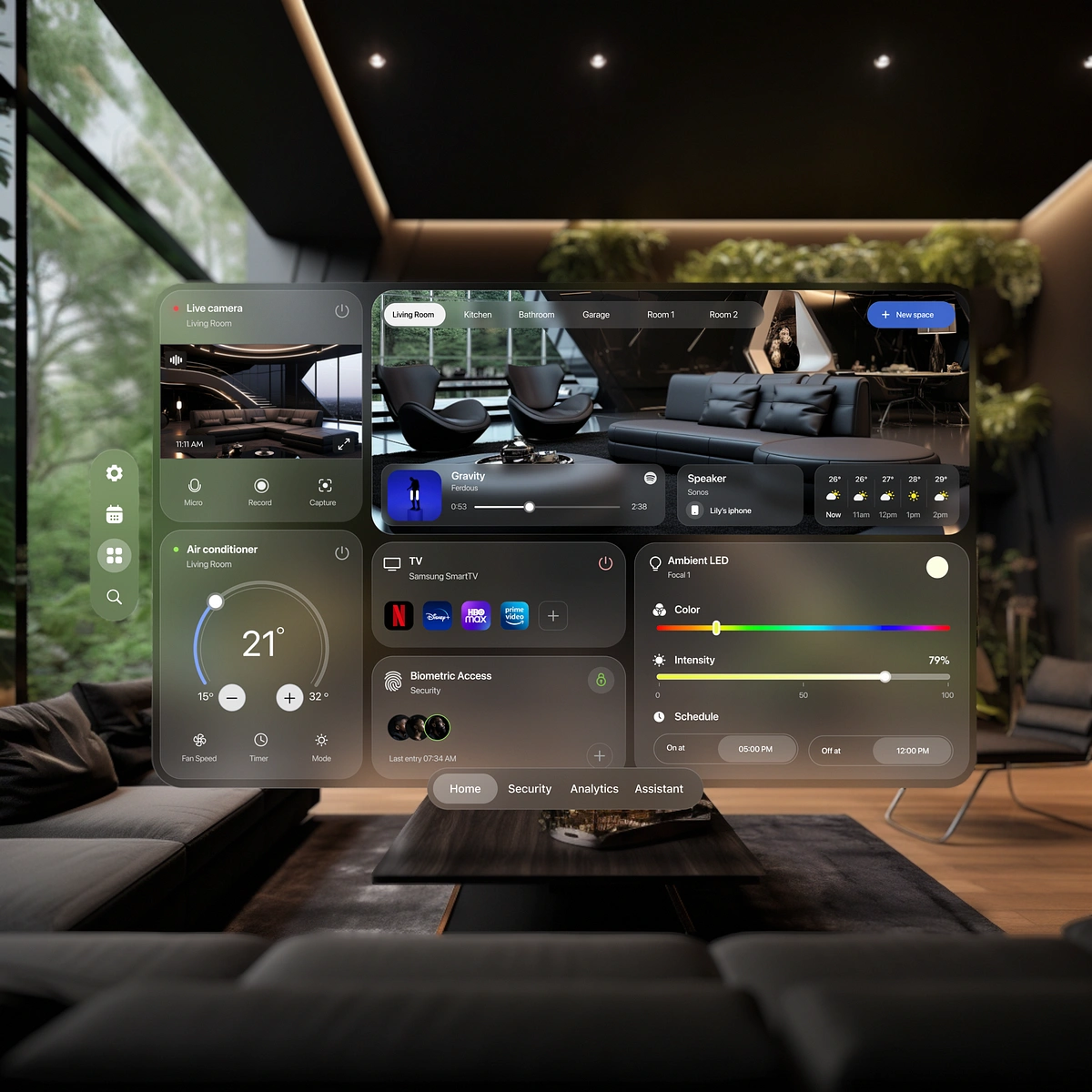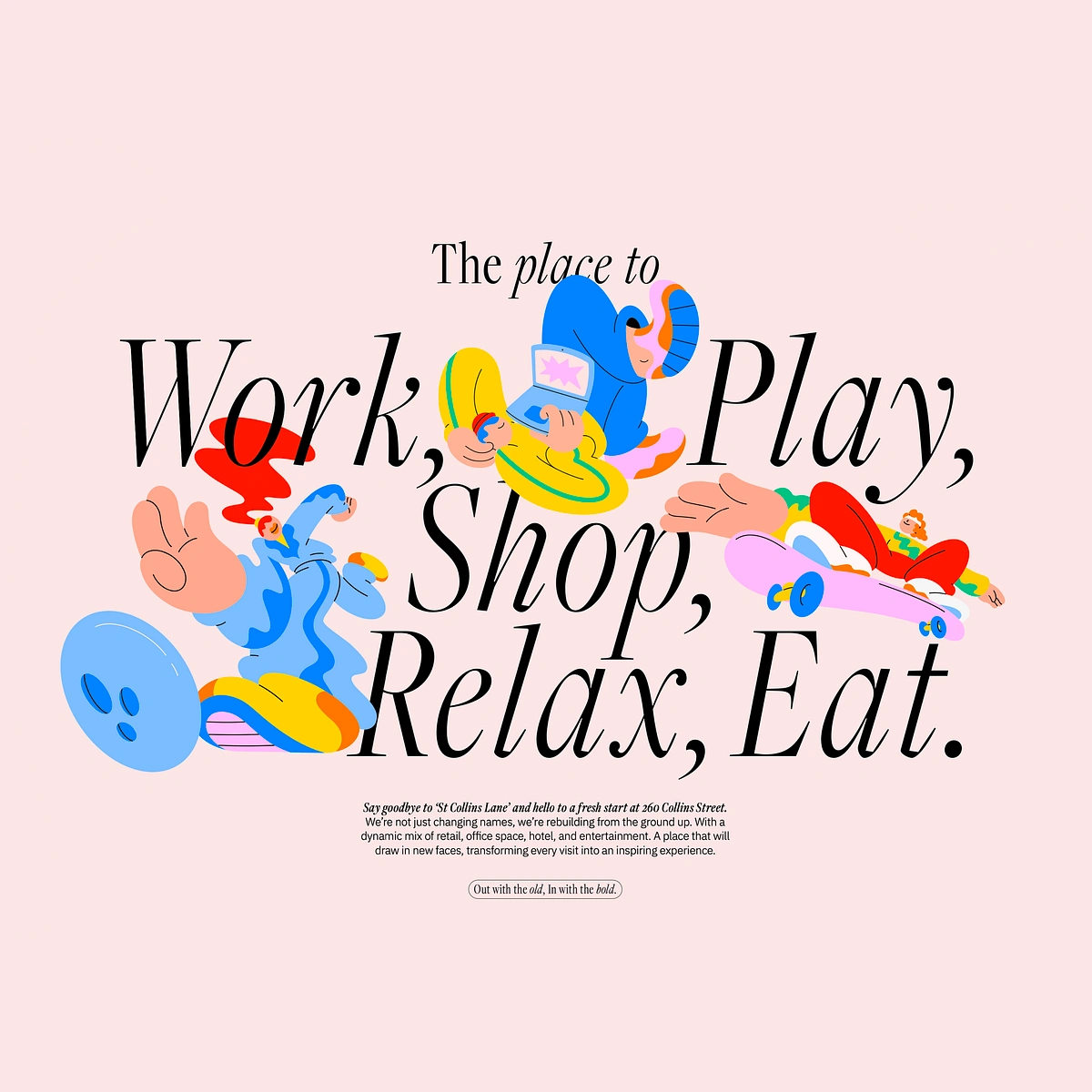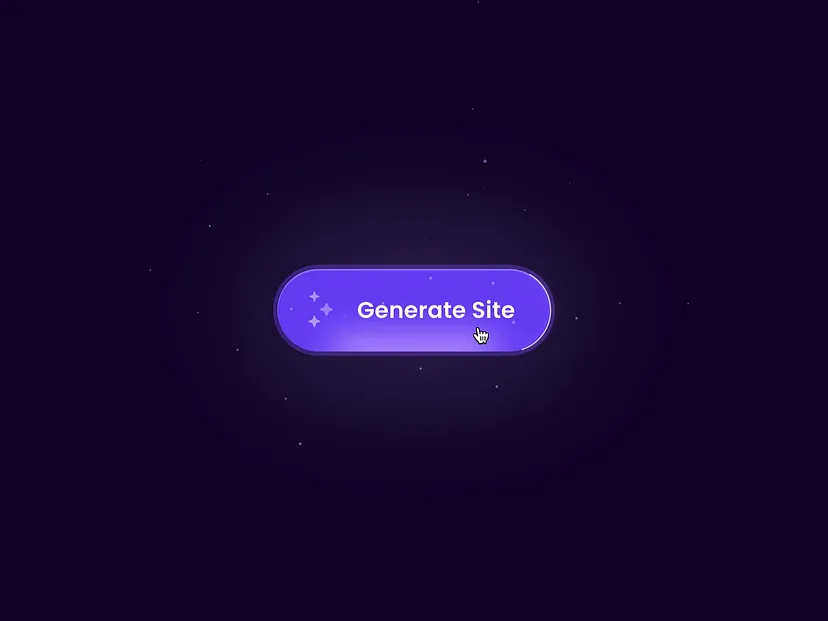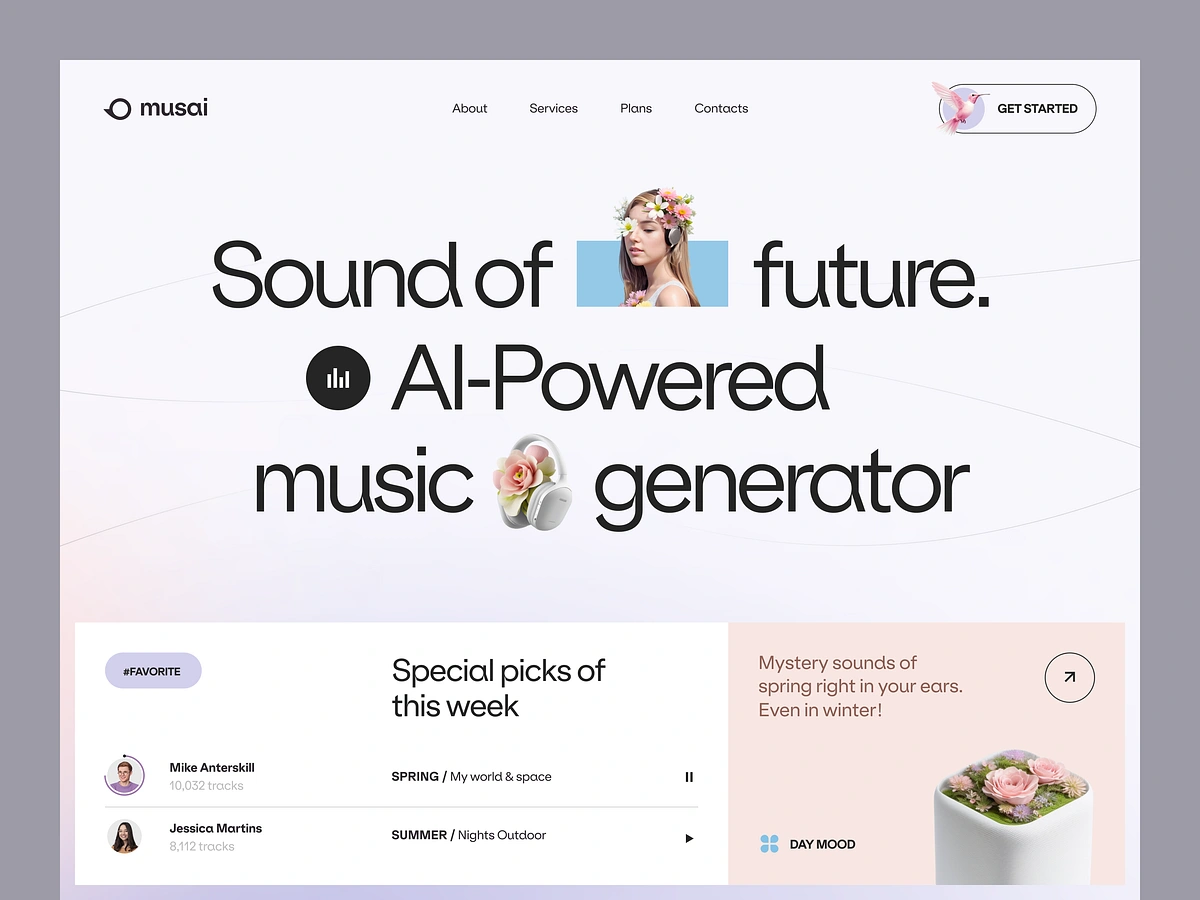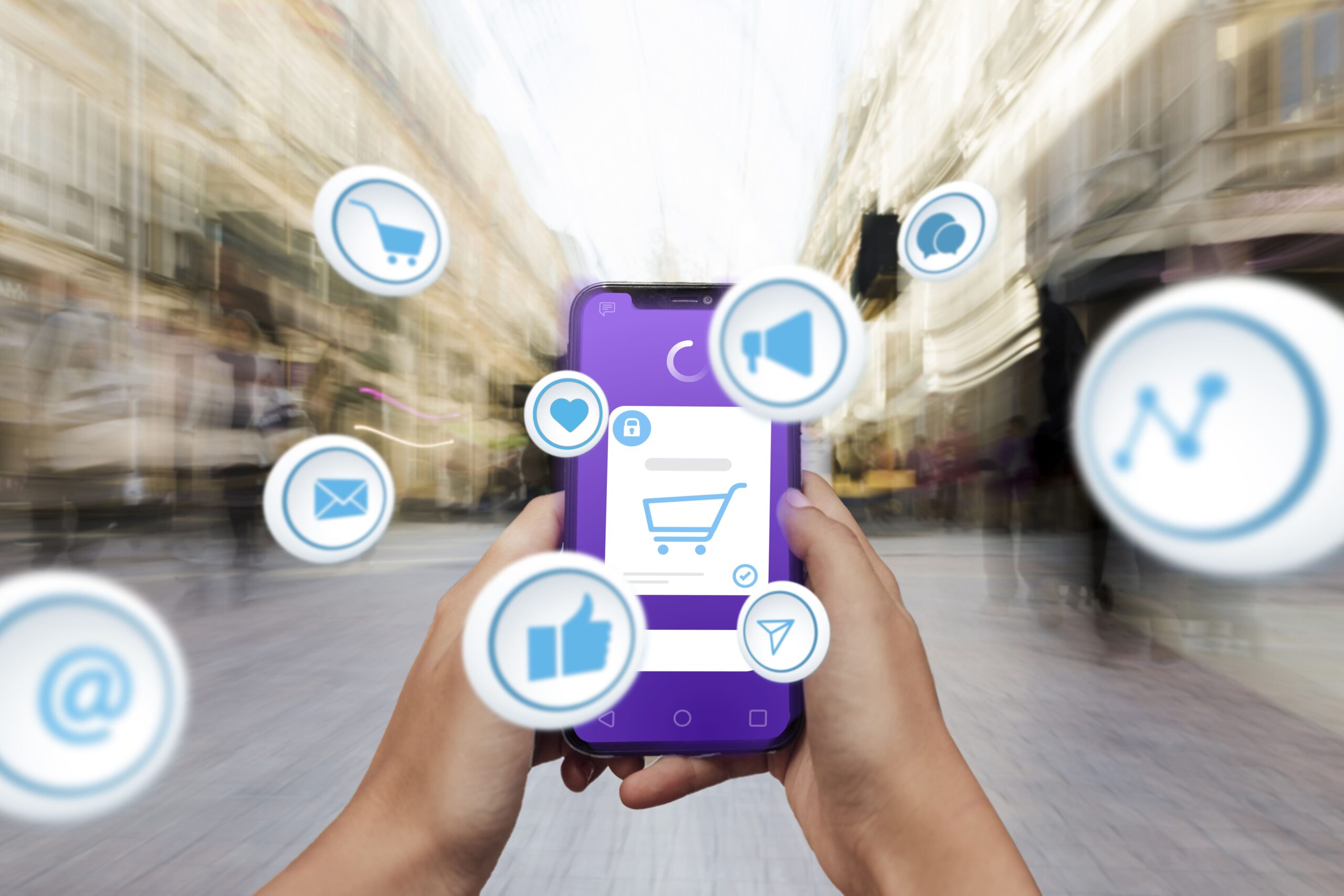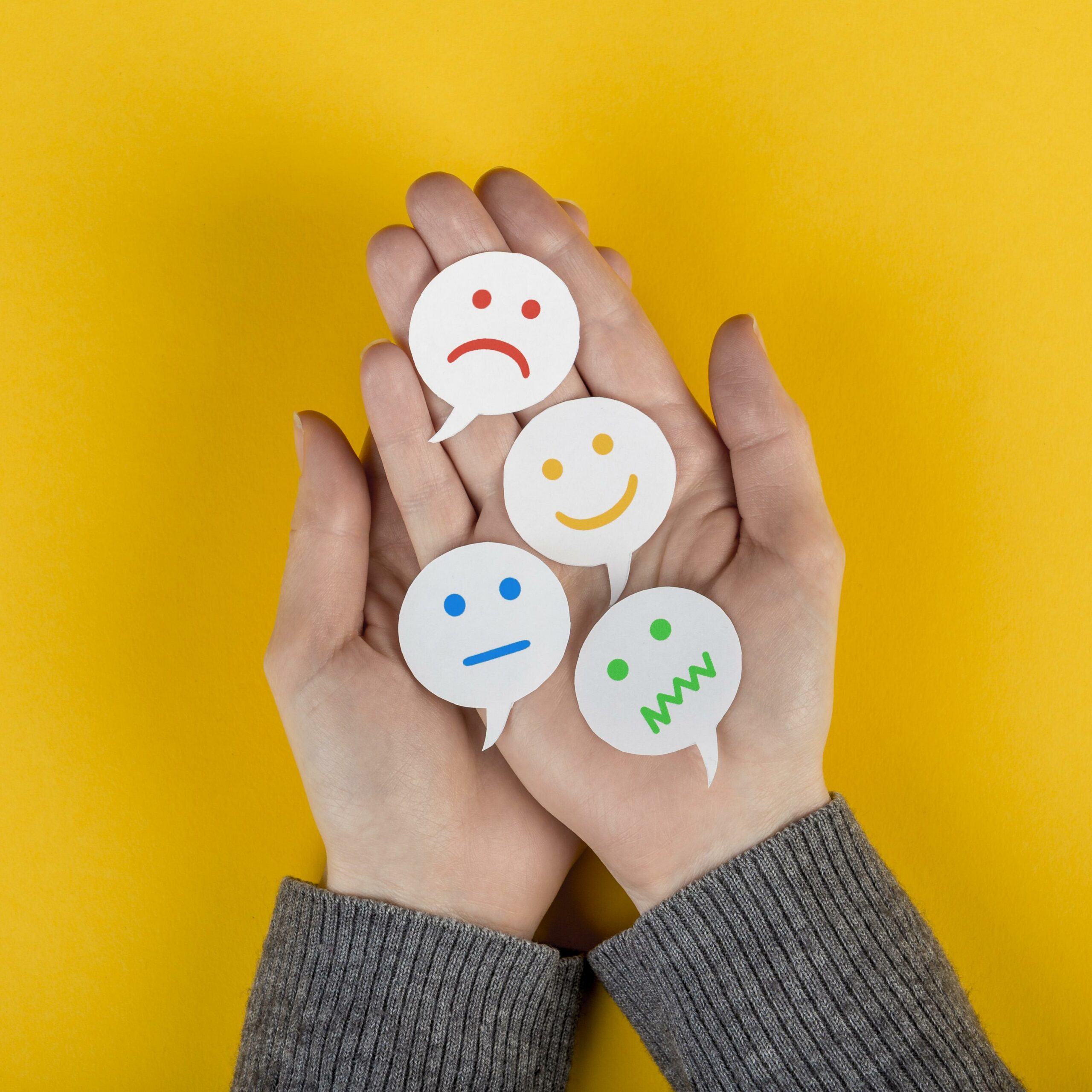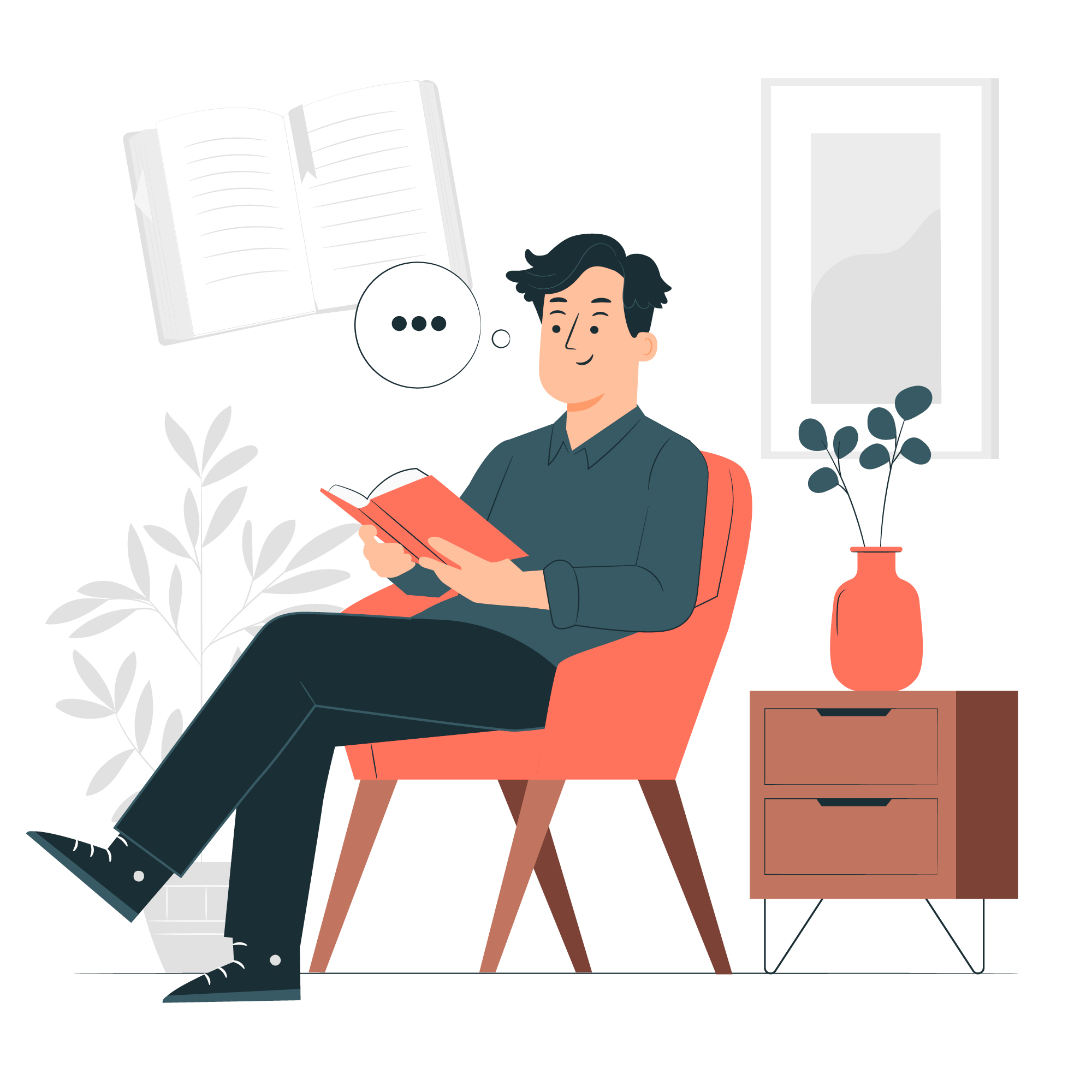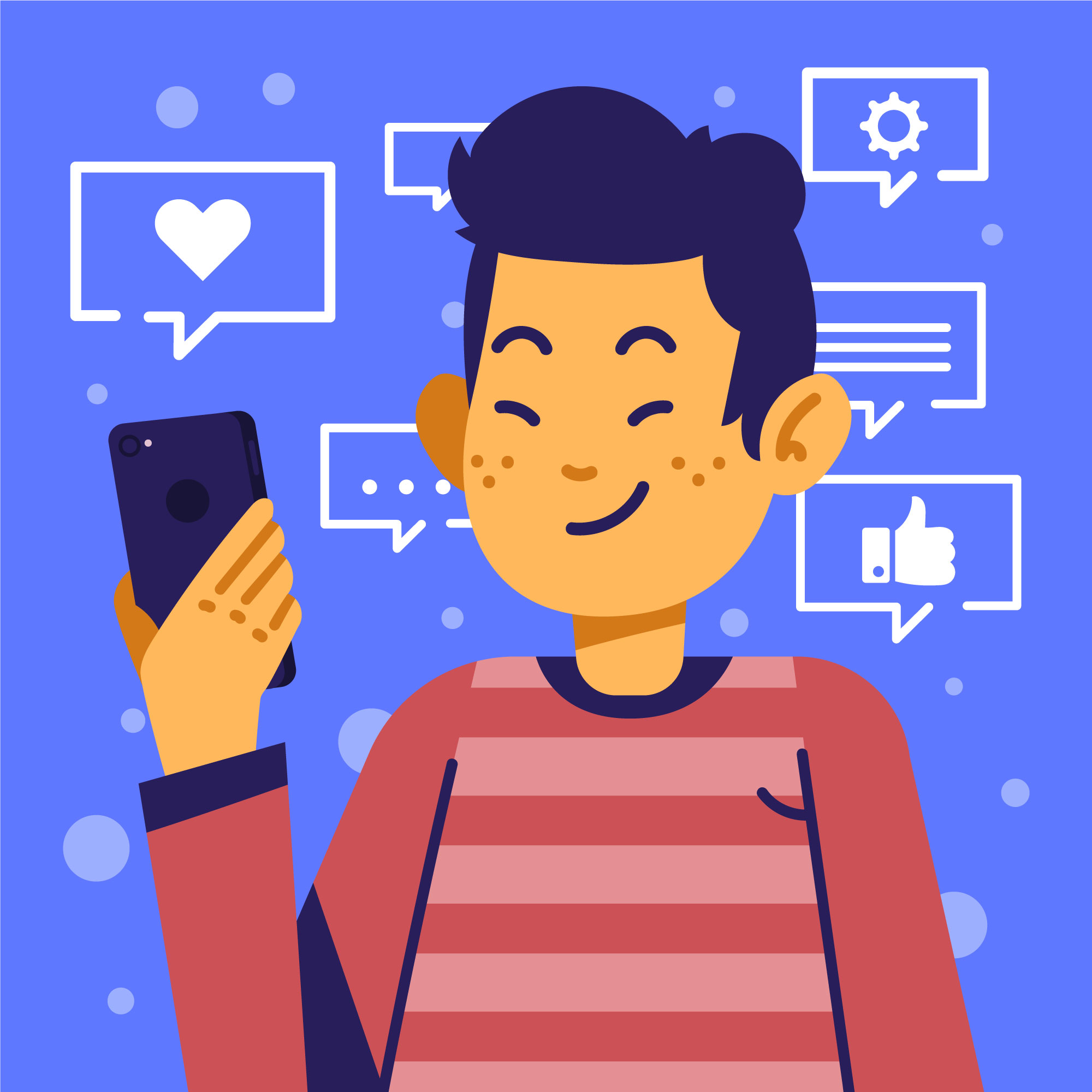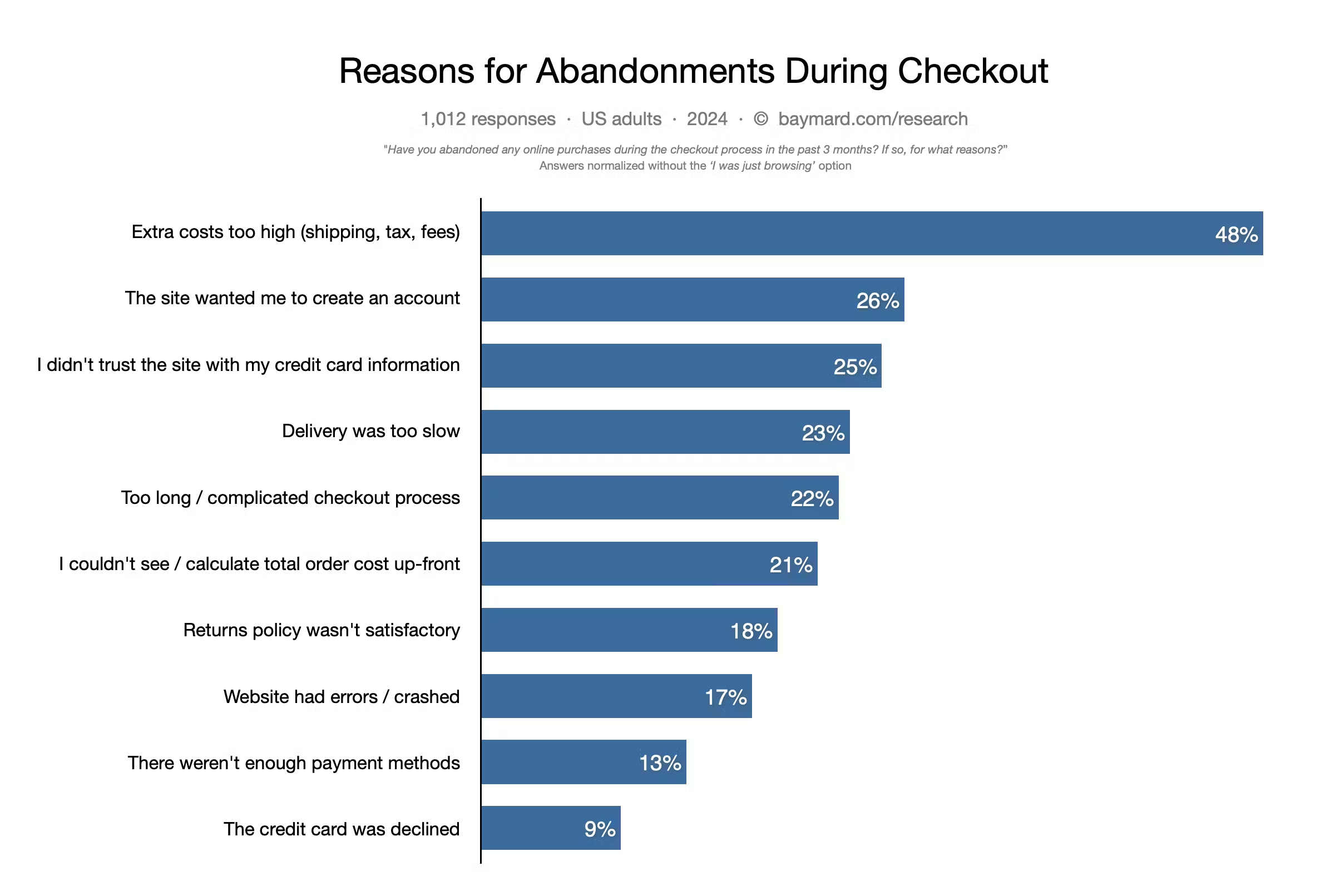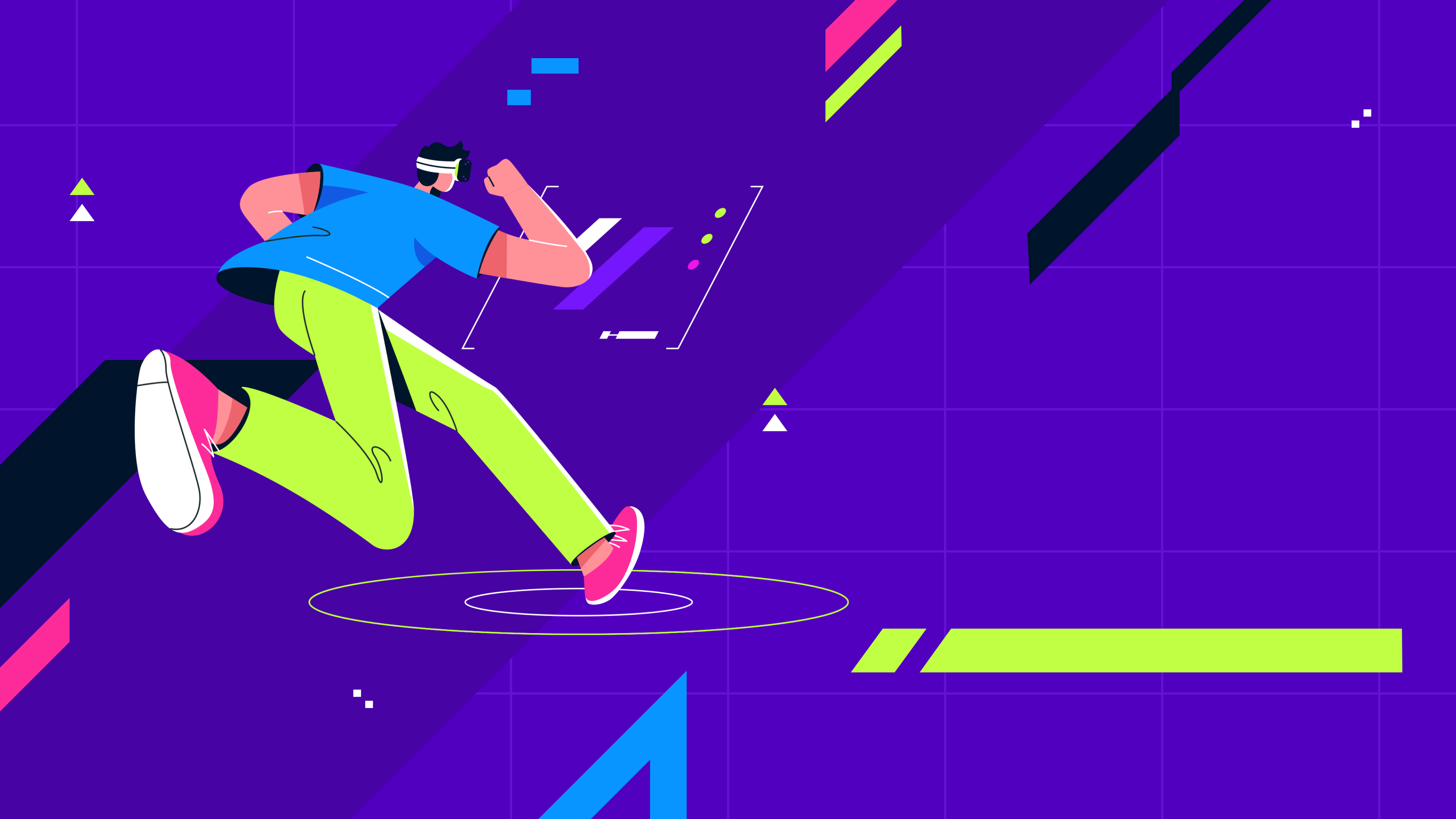UI/UX Design Trends in 2025: Building the Future of Digital Environments
It is essential to understand that in the rapidly evolving world of technologies, UI/UX has remained a critical characteristic that describes the manner through which users engage technology. While stepping in 2025, trends are not only revolutionizing beauty and appearance but also breaking new grounds of utility and universality. Now let’s consider the major UI/UX design trends that will be in demand this year.
Interactive 3D Element
As we speak, integrated 3D objects are becoming an essential component of Web design as they make an environment lively and interactive to users and clickable. Such aspects make users’ experiences unique, appealing, and exciting, thus increasing interest.
Brand Fit: Especially suitable for progressive, innovative-oriented companies or companies in the hi-tech industries, video games, films, and luxury industries.
AI-Powered Personalization
It empowers organizations to offer highly personalized experiences by considering user data for the prediction of the user representation of experiences. This enables interfaces that provide individualized content and interactions in real-time thus appealing to each user.
Brand Fit: Most suitable for companies whose strategic focus is to rely on data analysis, and for services companies that provide unique, individualized services.
Modern Skeuomorphism
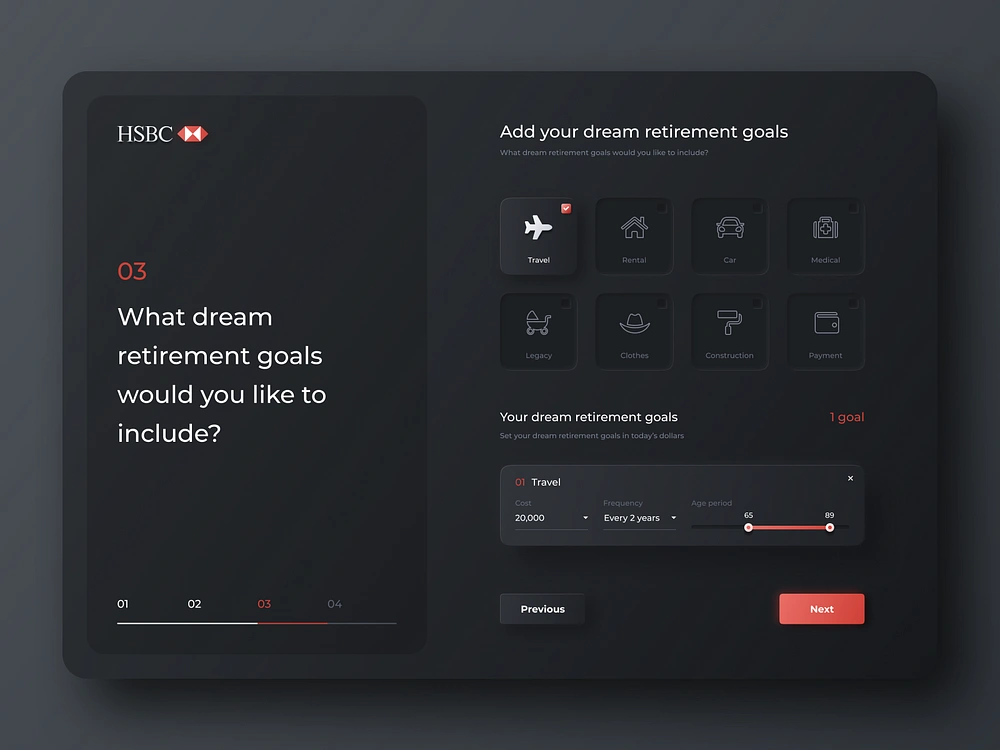
The adoption of skeuomorphic designs with a new theme is gradually coming back. This trend provides a nice balance between recognizable designs and more contemporary designs by using realistic textures and shadows with flat-styled designs.
Brand Fit: Suitable for brands that fit into ‘classic’ and ‘modern’ understanding of the brand – financial or educational brand presence, for instance.
Bento Grid Layouts
Bento grids allow for skill and elegant methods of formatting consisting of alternatively layered grids that are universally responsive across desktop and mobile. They remain clean and functional while keeping up with the beauty that suits content-heavy websites.
Brand Fit: Suitable for websites like news portals or companies with products that cannot be presented in a flashy or creative way.
Glassmorphism Evolution
The frosted/glass effect is not static anymore; it has depth, shade, and movement, for a richer interactive experience. This overlays concrete interfaces which are more tangible, and on top of which added high class and elegance.
Brand Fit: Perfect for technology firms or lifestyle brands that wish to give off a clean, tech-glossy appearance.
Dynamic Color Schemes
Responsive interfaces are increasingly being observed to support and alter colors in connection to the environment, time, or even personal preferences. Dynamic schemes not only improve the looks but they also are used to respond to users and their context needs.
Brand Fit: Great for companies that need such features as customization and flexibility to be their main priority, like smart home devices or wellness applications.
Micro-Interactions 2.0
Micro-interactions are now getting more complex and refined as the subsequent levels of it are about making it smart and intuitive. In this way, these interactions create an impression of high responsiveness and in this way satisfy the user needs.
Brand Fit: Good to have for companies that require users to spend more time on the app like social networks or to-do lists.
Ambient Animation
Improvements in light animations to make the interface lively and sensitive are appealing to users without being obtrusive. These animations are improvement for the user journey, they provide a good experience.
Brand Fit: Ideal for brands desiring to create a relaxing, engaging consumer-brand interaction such as meditation mobile applications or luxury hotels.
Typographic Hierarchy
Spectacular fonts are the emphasis of modern web interface design. Typography creates good organizational systems and can engage customers; meaning users can navigate through content well.
Brand Fit: Great for companies that have a clear message to convey, as news outlets or creative agencies do.
Highly Detailed Illustrations
It becomes a unique selling proposition when designers add exciting illustrations to such designs. They bring life, make the experience real, and help to explain rather difficult concepts with cases and narratives.
Brand Fit: Ideal for brands that have something to tell, or for those that want to explain, for example, the essence of their edtech business or the nature of the healthcare services they provide.
Conclusion
With the turn of the year 2025, such UI/UX trends demonstrate that delivering meaningful experiences consistent with the hopes mentioned at the deficit stage requires getting UI/UX right. The details and specificities of interfaces, the 3D seduction techniques, and the global evolution toward humanistic design are signs that the future belongs to digital design. The single most valuable strategy that will allow a firm to remain competitive is the ability to correctly identify user requirements and incorporate design elements that are both aesthetically new and yet practically utilitarian.
Empower Your Digital Transformation with Spark Technology
Welcome to Spark Technology. We are a company that offers innovative website or app development services that will suit your brand’s needs and what users want. Whether you are starting afresh or you want to improve your physical infrastructure and make the transformation and improvements needed to support the digital era, Let our team help you achieve your goals. Now, let’s build something truly outstanding here. Call us today to start your process

